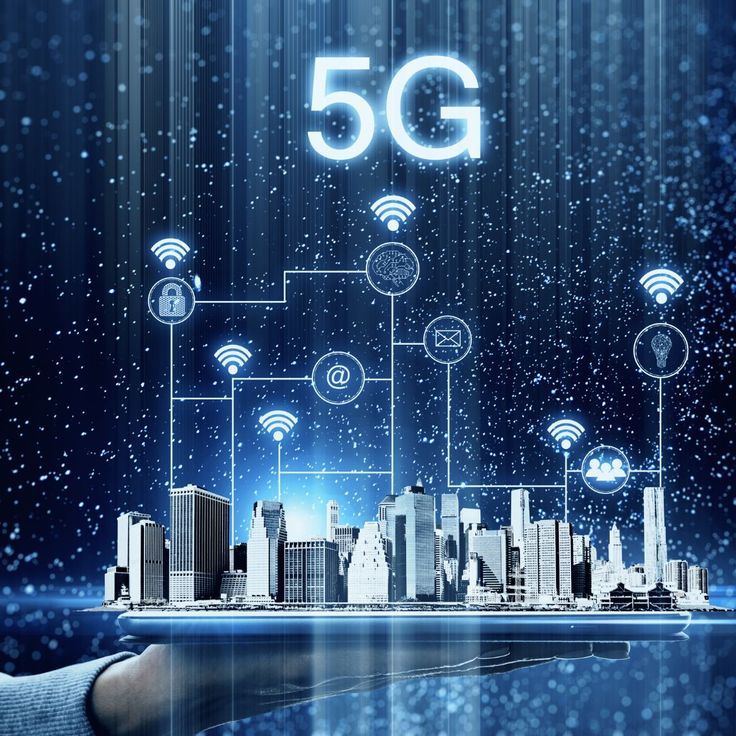The establishment of robust digital infrastructure empowers urban areas to effectively address the needs of their inhabitants while promoting economic inclusion, interconnectivity, business development, and innovation. With the extensive proliferation and accessibility of smartphones, 5G technology possesses the capacity to enhance internet access and significantly accelerate mobile services, approaching real-time responsiveness. Over the past two years, no other nation has experienced a more substantial advancement in 5G accessibility than India, which ascended 72 positions in the Speedtest Global Index from 2022 to 2023, a development attributed to the initiation of the 5G rollout in 2022.
What Challenges Were Encountered?
Indian mobile users exhibit the highest data consumption rates globally, averaging 31 GB per month, a figure projected to escalate to 75 GB per month by 2029. This elevated level of network congestion has posed significant challenges for the 4G network, which is unable to satisfy demand, particularly in densely populated regions.
What Actions Were Implemented?
In response to the need to alleviate 4G traffic and address issues related to reliability and latency, the Indian government has undertaken substantial measures through the Telecom Regulatory Authority of India (TRAI) to streamline licensing processes, facilitate spectrum auctions, and proactively promote fiber deployments. The leading private sector entities in the 5G rollout include India’s largest telecommunications companies, Bharti Airtel and Reliance Jio. Innovative financing arrangements, such as Reliance Jio’s landmark agreement with the Swedish Export Credit Agency (EKN), have contributed to the financing and acceleration of 5G equipment deployment, commencing with pilot projects in some of the nation’s largest cities, including Mumbai.
While 5G services are anticipated to be available in 7,000 towns and 100,000 villages across India, as well as all major urban areas, by March 2024, monetization remains a challenge, partly due to the lack of scalable applications that fully utilize 5G’s high-speed and low-latency capabilities. Furthermore, additional efforts are required to address existing infrastructure gaps and navigate complex state regulations. In response, the government has introduced a new integrated platform, the “Bharat 5G Portal,” to consolidate all related quantum initiatives, intellectual property rights, 5G projects, and 6G research.
What Changes Have Occurred?
Residents of Mumbai have witnessed a notable increase in mobile download speeds, rising from a monthly average of 11 Mbps in 2021 to 44 Mbps in 2023, reflecting an average annual growth rate of approximately 128% over the three-year period.




